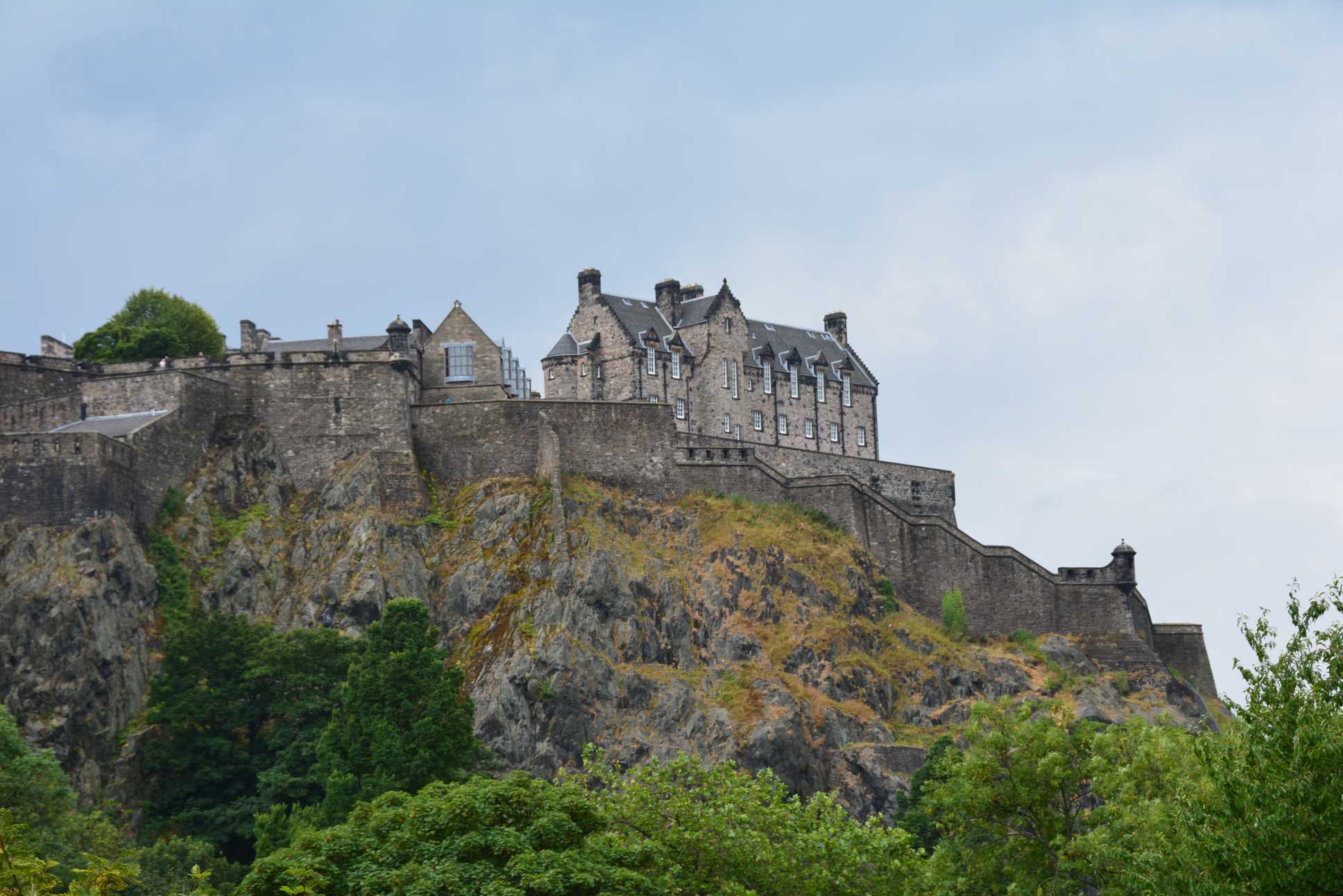Ghosts of Edinburgh Castle
Edinburgh Castle is the most besieged castle in Britain, with 23 attacks throughout Scotland's history. The Scottish equivalent of the Tower of London, it houses the country's crown jewels, served as a prison and barracks, and protected the Royal Family during times of unrest. Considering its turbulent past over the centuries, a few resident ghosts still linger within its battle-worn ramparts.

Several hundred years ago, a network of tunnels was discovered at the castle along the Royal Mile towards Holyrood Palace. To determine where the tunnels led, a piper was sent to explore them. As he walked through the tunnels, he played bagpipes to alert others on the surface of his location. However, the bagpipes stopped approximately halfway to the palace. Soon afterward, a rescue party entered the tunnels to locate the piper but discovered he had vanished. Thereafter, the tunnel was resealed. On quiet days when the noise from traffic diminishes, the faint sound of bagpipes may be heard below the Royal Mile between the castle and palace.
Similarly, the sounds of a drum are occasionally heard by visitors, although its ghost has not appeared for centuries. According to legend, the sighting of the drummer represented a harbinger of an attack against the castle. This last occurred in 1650, a year after Charles I was beheaded. Strange experiences around Edinburgh included sword-shaped meteors speeding across the sky and spectral soldiers riding horseback over nearby hills. In one series of events, the ghostly drummer was reported by castle sentries as playing his drum along the battlements each night. More disturbing, he reportedly lacked a head, much like Charles. As a result, the castle governor decided to investigate the matter himself to unravel the mystery of these ghostly sightings. He never saw a ghost but heard a drum playing an old Scottish war tune with many feet marching to the beat. The sounds of the ghostly procession went towards and subsequently passed the governor. However, the sighting of the drummer happened during the same year, 1650; Oliver Cromwell's army was laying siege to the castle, thereby giving credence to the folklore.
Sightings of restless spirits still occur at the castle. In 2003, construction crew members performing restoration of the structure claimed ghosts of prisoners from the Napoleonic Wars harassed them. Various photos of these men working in the Queen Anne building captured what resembled hazy blue orbs floating above their heads. In some cases, people refused to work alone.
